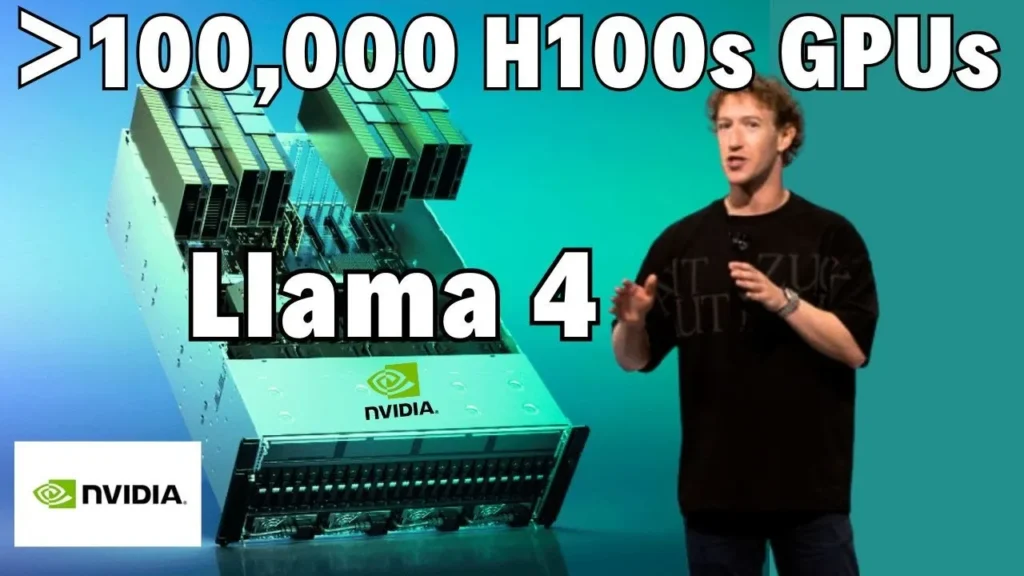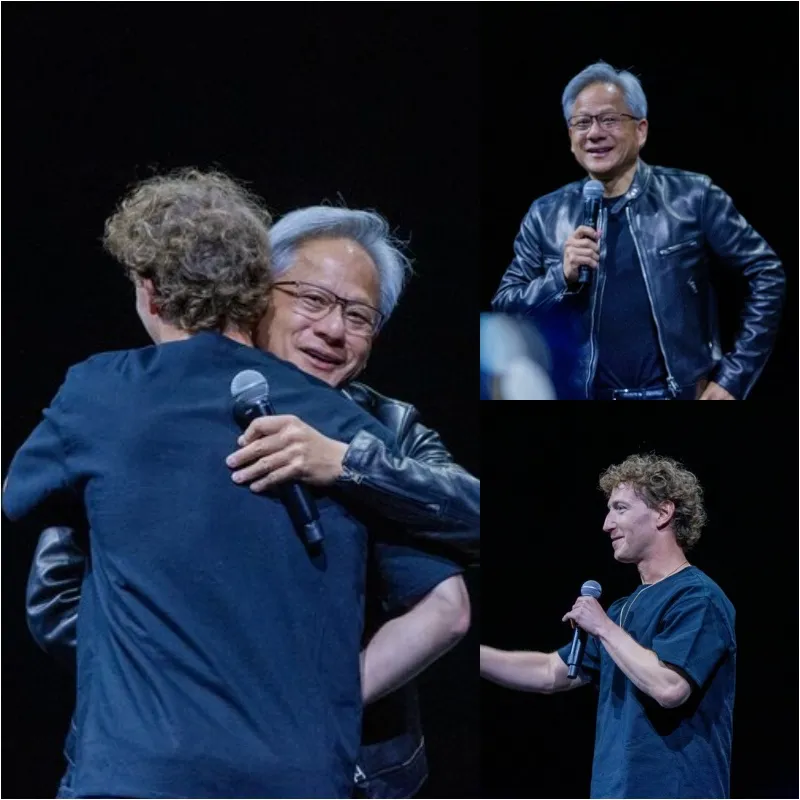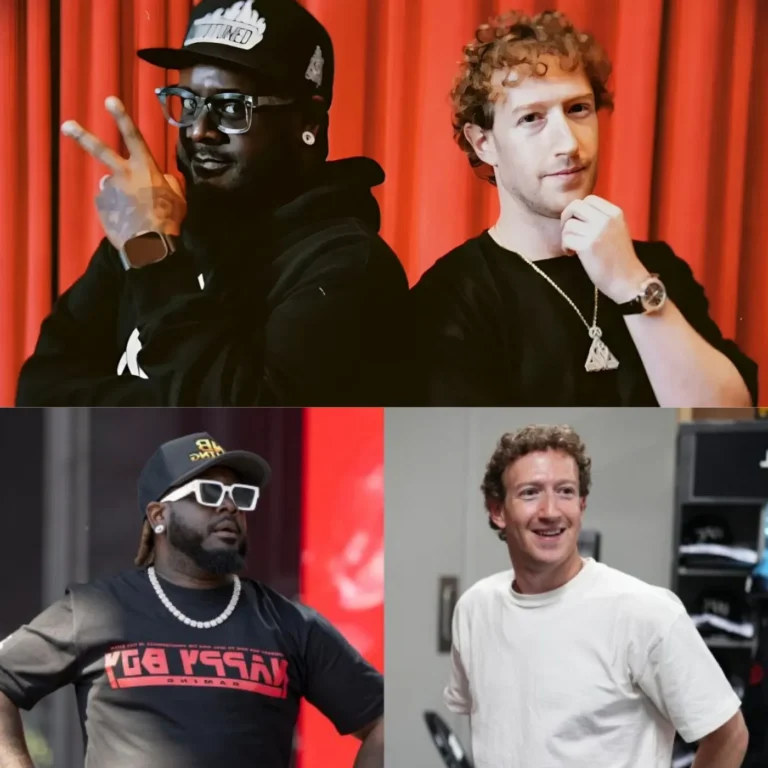
Meta CEO Mark Zuckerberg recently announced that Meta is deploying a server cluster containing over 100,000 Nvidia H100 GPUs—positioning it as the largest H100 chip cluster ever revealed. Each H100 chip is estimated to cost around $30,000–$40,000, making Meta’s server cluster worth over $4 billion solely in GPU costs.

During Meta’s Q3 2024 earnings call, Zuckerberg shared insights into Meta’s ambitious AI advancements. “Our Llama 4 large language model is currently in development,” he said, adding that this model is being trained on Meta’s expansive server cluster powered by the record-breaking number of H100 GPUs. According to Zuckerberg, this setup will enable Llama 4 to perform with heightened speed, enhanced reasoning, and significant processing power compared to previous models. A smaller version of Llama 4 is anticipated to be released by early 2025.

Meta’s Llama 4 vs. Elon Musk’s Colossus Supercomputer
Zuckerberg’s announcement indirectly challenges billionaire Elon Musk’s xAI venture. Earlier this year, Musk touted his Colossus supercomputer as the world’s largest, equipped with approximately 100,000 H100 chips to power the Grok chatbot. The introduction of Meta’s H100 cluster not only underscores Meta’s commitment to AI development but also places it in direct competition with Musk’s AI infrastructure. Zuckerberg’s comments highlight Meta’s drive to outpace rivals in the AI race.
This unprecedented scale of H100 chips is not only a powerful computing asset but also a key attraction for recruiting elite AI talent. Perplexity CEO Aravind Srinivas shed light on this dynamic, recounting his experience with a Meta researcher. “The researcher essentially said, ‘Come back to me when you have 10,000 H100 chips,'” Srinivas shared, demonstrating the significance of GPU resources in attracting leading AI minds.

H100 Chips: The Backbone of Modern AI Development
The Nvidia H100 GPU, hailed as a “workhorse” for AI, succeeds the A100, which was widely used across the AI industry. Priced at approximately $10,000, the A100 was popular for its parallel computation capabilities, which are ideal for the intensive demands of training large language models (LLMs) like ChatGPT. The H100, however, has quickly become the industry standard due to its greater computational efficiency and speed.
GPUs, such as the A100 and H100, have an edge over traditional CPUs in AI model training because of their ability to execute vast parallel computations, an essential factor in developing large language models (LLMs). These LLMs serve as the foundation for various AI applications, including chatbot interfaces, language translation, and other automated reasoning tasks.

The Competitive Landscape for High-Performance GPUs
With Nvidia GPUs dominating the market, companies like Meta and xAI are making large-scale investments to gain an edge in AI development. Other tech giants are also vying for computational power, resulting in high demand and potential supply shortages for Nvidia’s high-end GPUs. AMD, Nvidia’s primary competitor, has begun introducing similar GPU products to meet market demand.
Meanwhile, Elon Musk’s xAI announced plans to double its server infrastructure in the coming months by adding both H100 and H200 GPUs. This planned expansion would bring xAI’s total GPU count to nearly 200,000, underscoring the intense competition for computational power among leading tech firms.
Meta’s vast H100 chip cluster positions it as a leader in the AI space, and with Llama 4 on the horizon, Meta is poised to advance its AI capabilities further. With elite talent increasingly attracted to companies with robust computational resources, Meta’s investment in GPU infrastructure not only accelerates AI development but also bolsters its appeal as a destination for top AI researchers. The competition in AI hardware signifies a new era where computational power and innovation will play pivotal roles in determining the future leaders of artificial intelligence.






